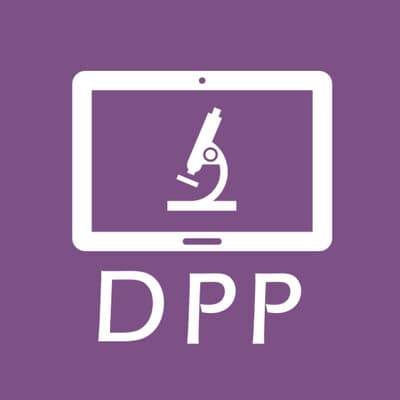Miscellaneous
Founded in 2011 by this episode’s guest, Lorcan Sherry, along with co-founder John Waller, OracleBio entered the digital pathology market with a unique value proposition – to be a contract research organization for tissue image analysis and help other organizations in their biomarker discovery work. Fast forward 10 years and they evolved from a small service provider into a Good Clinical Practice (GCP) compliant organization supporting clinical trials, but still within the same paradigm of providing tissue image analysis services.Originally using one software package (Definiens), they diversified into others such as HALO and Visiopharm to be able to utilize the best tool for the job as well as match what their clients might be using for their internal image analysis projects. The transition to supporting clinical trials was a bit bumpy as Definiens abruptly discontinued the software license that OracleBio’s business was based on, but the organization quickly pivoted and secured a diverse image analysis toolbox which helped them stay in business. Currently, as image analysis methods are advancing and deep learning plays an important role in solving computer vision problems applied to pathology, OracleBio keeps expanding the toolbox incorporating not only ready-to-use software packages but also programming capabilities. This variety of tools allows them to address a wide range of projects in the most efficient way.For a CRO specializing in tissue image analysis, it is critically important to provide adequate quality control of the image analysis results. This process has been incorporated into the operations from the very beginning. Each project starts with the evaluation of the image quality – are they good enough for image analysis? Is there enough tissue? What about the tissue processing artifacts and the quality of staining? Only images that passed the QC criteria are used for algorithm development. In the next step, pathologists annotate the regions relevant for analysis (e.g., the tumor mass vs. the non-neoplastic tissue present on the slide) and later they provide region and cell annotations as ground truth for comparison with algorithm markups and correlation calculations.Apart from the annotations, pathologists provide educational sessions for the image analysis scientists to increase their knowledge about the problems which are being addressed with image analysis with the various projects. Although OracleBio is supporting projects along the whole drug development pipeline, their recent focus has been on supporting immune-oncology clinical trials, which lead the company on the path to GCP compliance. This was a big effort for the company and went far beyond image analysis quality control and software validation. This change affected the way work is done across the entire company and positioned OracleBio to bring in the image analysis capabilities to support clinical trials. While histologic techniques evolved from simple brightfield chromogenic single marker IHC stains to immunofluorescence-based multiplex, which are difficult to evaluate visually, the image analysis tools for this more complex imaging data lagged in terms of regulatory compliance. OracleBio’s decision to commit to GCP compliance definitely closed this gap. Even though the company’s focus shifted to the clinical part of drug development, OracleBio continues to serve their smaller biotech clients throughout their whole R&D process not only by providing high-quality tissue image analysis but also by partnering with other service providers, such as histology labs, to facilitate their customers’ drug discovery and development journey. To learn more about OracleBio visit https://oraclebio.com/.

